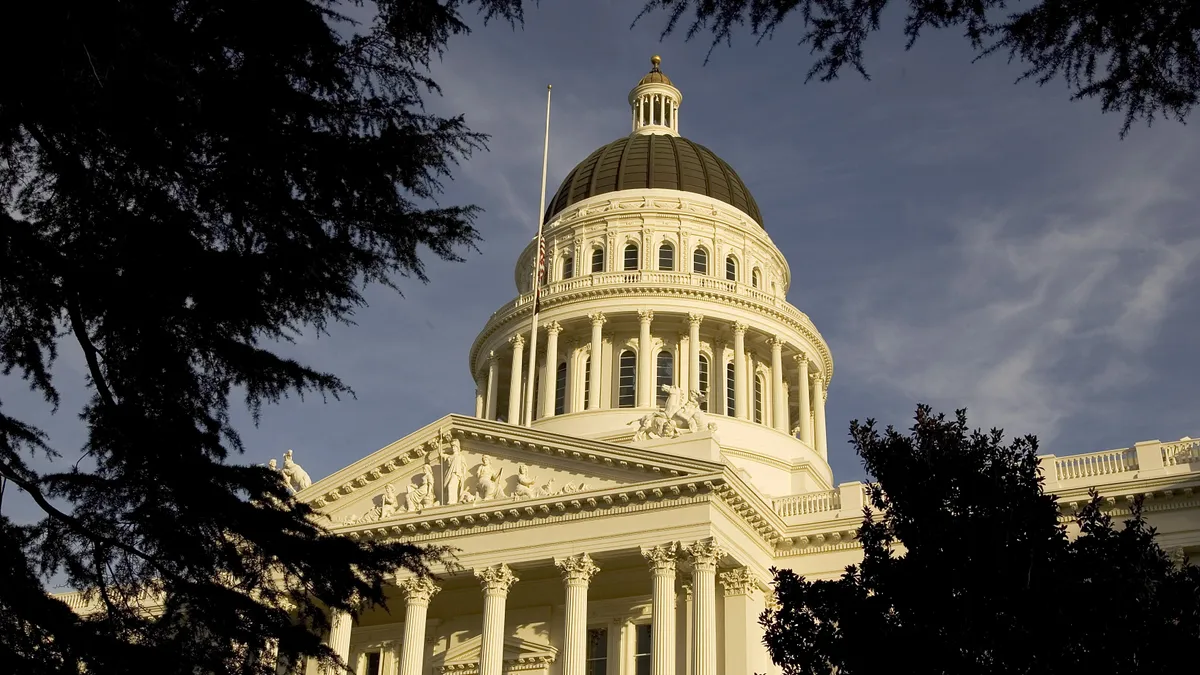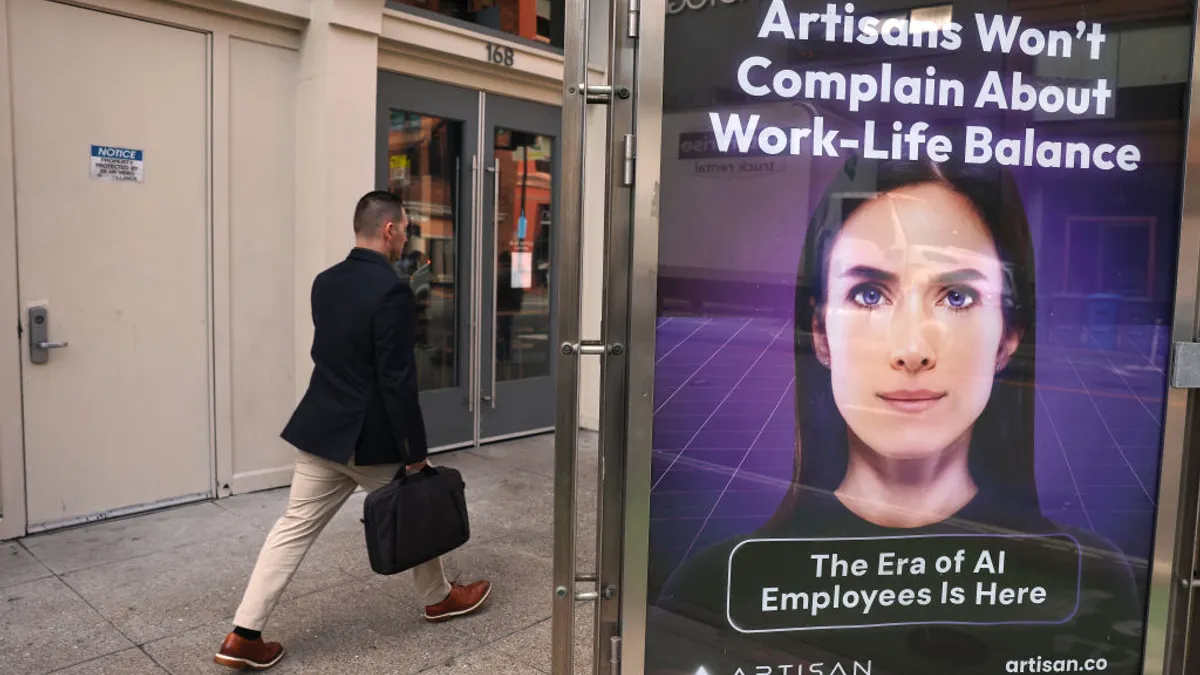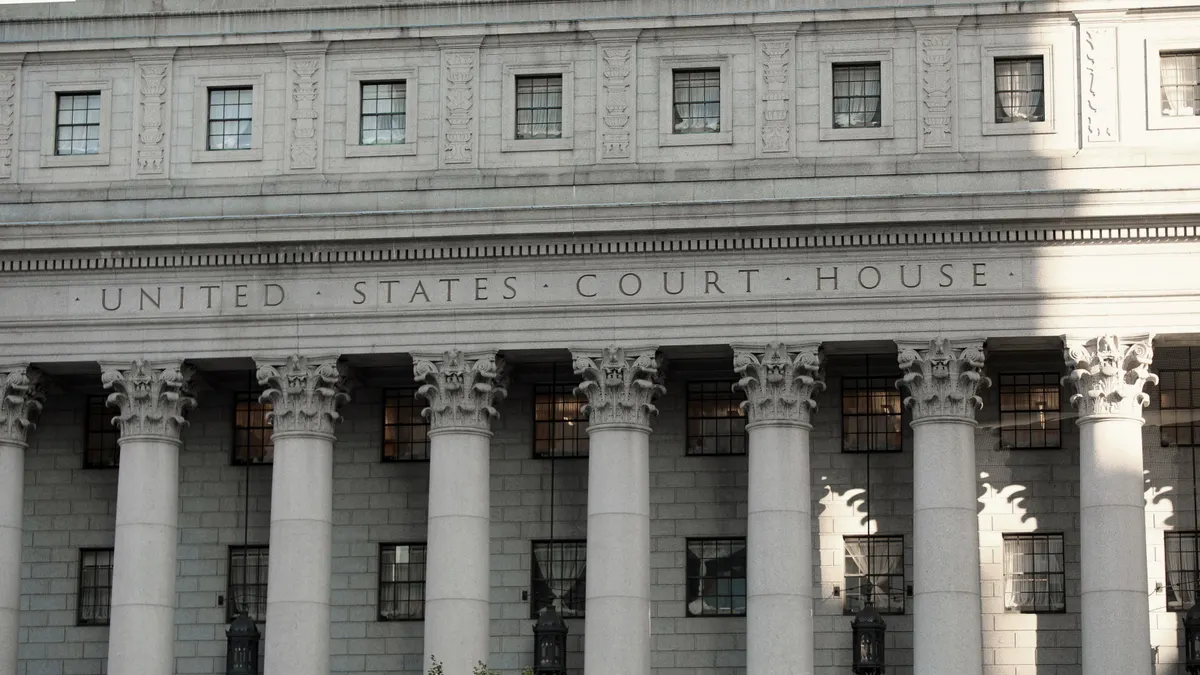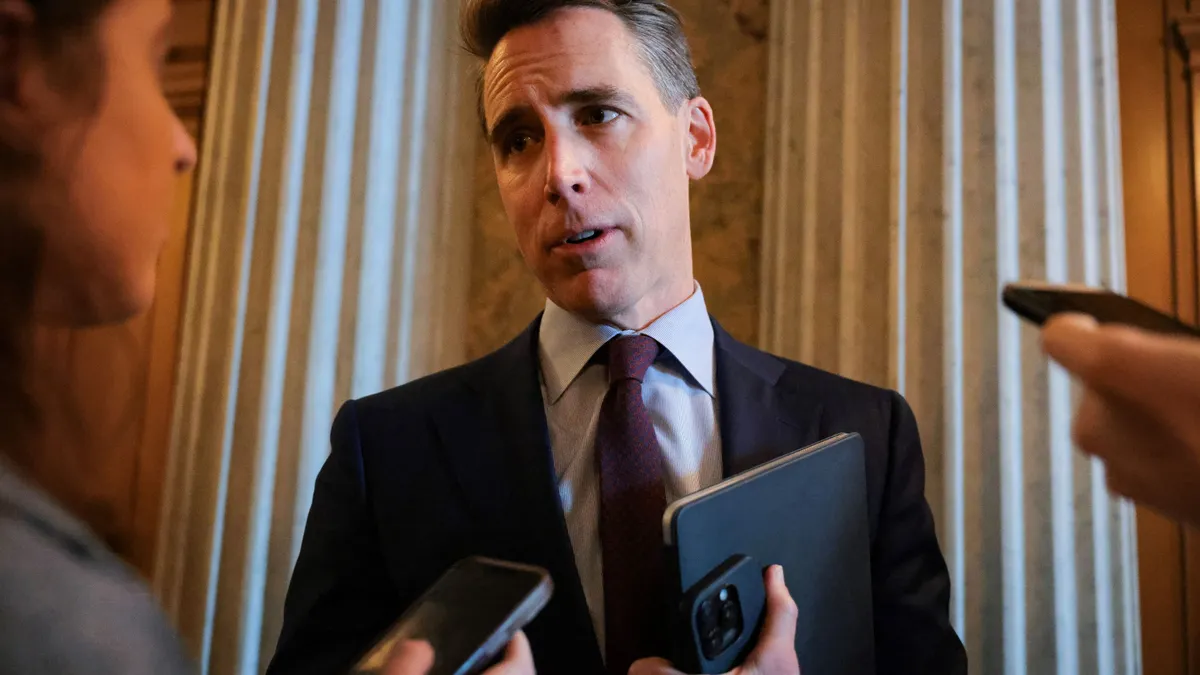Just a few weeks after California's Division of Occupational Safety and Health, also known as Cal/OSHA, loosened its emergency temporary standards, regions of the state resumed stricter masking and social distancing guidelines. Those moves come as the U.S. is arguably on the verge of a fourth wave of the pandemic.
LA County, for example, put back a mandatory mask requirement for workplaces, said Mark S. Spring, office managing partner of CDF Labor Law and chair of the firm’s traditional labor law practice group. "The one thing that is a constant is change. Whatever is in place now is likely to change again within 90 days."
Still, even with an increase in cases, Spring predicted that state guidelines will not change until after the recall election for Gov. Gavin Newsom takes place Sept. 14.
"One thing that is unique to California is the recall election. There is no question in my mind that our Governor desperately wants to remain our Governor," Spring said. "Therefore, it is likely that statewide restrictive policies that might upset the citizenry prior to the recall election on September 14 is very unlikely."
Of course, there is no guarantee. The pandemic has proven nothing is static. That makes it challenging for employers to keep pace with the ever-evolving guidelines for protecting staff while staying in compliance and avoiding fines.
Revised workplace protocols
On June 17, the Cal/OSHA Board voted to adopt the revised standards. Newsom signed an executive order approving immediate implementation statewide.
The update included 13 changes related to masking, vaccination and physical distancing in the workplace.
Among the changes were updates:
-
Eliminating face masks for fully vaccinated staff.
-
Removing masking requirements for outdoor work regardless of vaccination status.
-
Reversing distancing requirements.
-
Protecting employees who choose to wear a mask without fear of retaliation.
-
Reviewing, evaluating, and updating ventilation and filtration efficiencies.
-
Resuming stricter protocols in the event of an exposure or outbreak at the workplace.
"Face coverings have been subject to a lot of changes," said Jonathan M. Brenner, member of law firm Epstein Becker Green. "One important new rule is that employers must provide a respirator grade, N95 or similar, mask to any employee who requests one, irrespective of vaccine status. That means employers must buy them in advance and have them on hand for anyone."
The latest vaccination guidance
Statewide rules allow employers to require vaccinations as long as they provide appropriate accommodations for medical reasons, disabilities and religious practices; this is consistent with federal guidelines. What is less clear is how to treat vaccinated and unvaccinated staff.
It is a challenge to give fully vaccinated employees freedoms in the workplace without making the unvaccinated employees feel like outcasts, Spring said; but "employers have a lot of flexibility and options on how they decide to manage their workforce through mandatory vaccinations, remote work, hybrid work, etc."
Employers have the thumbs up to require vaccines and request proof of vaccination, but the process followed is up to the human resources team. It is permissible to ask to see the vaccine card or to be shown an image of the documentation.
However, the recently updated guidance from the California Department of Fair Employment and Housing also notes that any retained records of vaccination must be maintained as confidential medical records by the employer. "It is okay to mention and discuss vaccinations as long as it follows agency guidance because of significant medical privacy issues," Brenner said.
How does California compare?
California is known for embracing progressive labor regulations, explained Frank Polizzi, public information officer for the state's Department of Industrial Relations. Even before the pandemic, the state implemented laws designed to protect workers from infectious diseases. For example, the Aerosol Transmissible Diseases standard applies to health care and other settings. The Injury and Illness Prevention Program requires employers to identify workplace hazards and take steps to correct them.
"The COVID-19 Prevention Emergency Temporary Standards were adopted to create clear requirements for employers to protect workers," he said.
Before June 17, employers in the state had to follow some of the strictest workplace guidance in the country. The updated protocols now generally align with federal guidelines.
With the breadth of guidelines, however, it is important to take a practical approach to implementation and communication with staff. "It is difficult to maintain morale in this environment. Retention is a huge problem. It is difficult to find employees in most industries these days and you don’t want to make employees upset or frustrated," Spring said. "Everyone is stressed and looking at how to comply, adopt and enforce the guidelines with an eye on morale."
One significant point employers must consider that is unique to California is that workers have the right to file confidential complaints with Cal/OSHA to report unsafe conditions, according to Polizzi.
"Discrimination issues that may arise on both sides — with unvaccinated people feeling they are treated differently, and vaccinated individuals feel there is an unsafe working environment," Spring said.
Stay current
Things are changing so quickly that all HR professionals should ensure that they know where to find reliable, up-to-date information. Even though Spring suspects additional changes won't happen until the fall, he believes this will not be the case long-term.
"I don’t expect this to stay the same," he said. "I can’t tell when or what way it will go but the one thing I’ve learned over the last 18 months is that things are going to change day-to-day, week-to-week, and season-to-season."
Human resources management companies and law firms alike are providing timely regulation interpretations via dedicated coronavirus update pages like those maintained by Spring and Brenner’s firms. "A lot of government agency websites are also quite good," Brenner said. "The state’s government agency websites offer good regular maintenance of resources including an FAQ. The Department of Industrial Relations for the state of California is regularly putting out guidance to help employers with answers to questions."
There may be no formula for managing this situation perfectly; the pandemic has created an unprecedented legal environment for HR managers coming up with strategies to stay on top of the ever-evolving changes. "You have to do your best to get your workforce comfortable with change. Having the right policies is only half the battle," said Spring. "Having a management team and supervisors that will support the organization’s efforts to maintain safety and compliance is a key requirement."






















